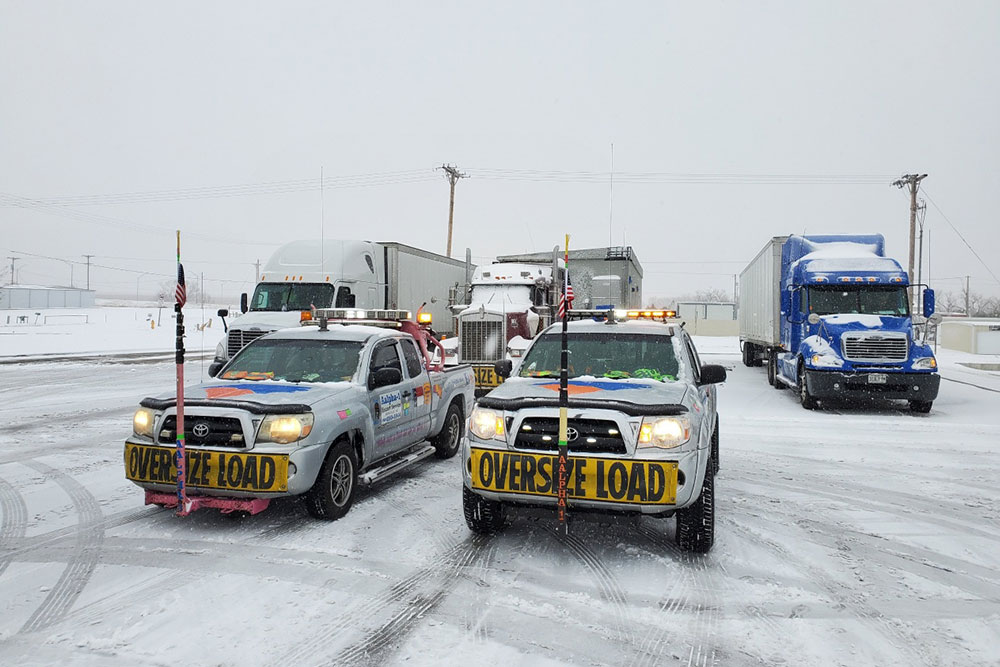Pilot cars play a crucial role in ensuring the safe transportation of oversized and overweight loads on highways in the United States and Canada. These specially equipped vehicles, also known as escort vehicles or flag cars, accompany large trucks to help warn other motorists and assist in navigating challenging road conditions. However, operating a pilot car comes with specific legal requirements to ensure the safety of all road users. In this article, we will explore the legal obligations for pilot car operators in the U.S. and Canada.
United States
Licensing and Certification
In the United States, pilot car drivers are required to hold a valid driver’s license and have specific certifications depending on the state regulations. Some states may mandate pilot car operators to complete a training course and obtain a certification card before they can escort oversized loads on the roads.
Vehicle Requirements
Pilot cars must meet certain criteria regarding equipment and design. These requirements often include the display of oversized load signs, height poles to measure bridge clearances, safety flags, two-way radios for communication with the truck driver, and emergency warning lights to enhance visibility.
Flagging and Communication
Pilot car operators are responsible for signaling other motorists of the presence of an oversized load ahead. Using flags, signs, and signals, they alert drivers to slow down, change lanes, or pull over to make way for the truck and the pilot car.
Insurance and Liability
Insurance coverage is crucial for pilot car companies and operators. They must have sufficient liability insurance to protect against potential accidents or damages that may occur during escorting duties.
Canada
Training and Certification
Similar to the U.S., pilot car drivers in Canada may need to undergo training and certification processes to ensure they are equipped with the necessary skills and knowledge to perform their duties safely and responsibly.
Equipment Standards
Canadian regulations require pilot cars to adhere to specific equipment standards, such as the use of warning signs, flags, two-way radios, and emergency lights. Additionally, height poles are commonly used to determine bridge clearances and prevent accidents.
Traffic Control
Pilot car operators play a crucial role in traffic control when escorting oversize loads through congested areas or construction zones. They help manage traffic flow and ensure the safety of all road users, including the truck driver and other motorists.
Compliance and Documentation
In both the U.S. and Canada, pilot car operators must comply with all relevant regulations and document their escorting activities. This may include keeping records of routes taken, communication with the truck driver, and any incidents or challenges encountered during the journey.
Operating a pilot car requires a thorough understanding of the legal requirements and responsibilities in both the United States and Canada. By following the regulations outlined by state and provincial authorities, pilot car operators can contribute to the safe and efficient transportation of oversized loads while minimizing the risks associated with such specialized operations.
Whether it’s licensing, equipment standards, flagging procedures, or insurance coverage, adherence to legal requirements is essential for the successful and lawful operation of pilot cars in North America.

